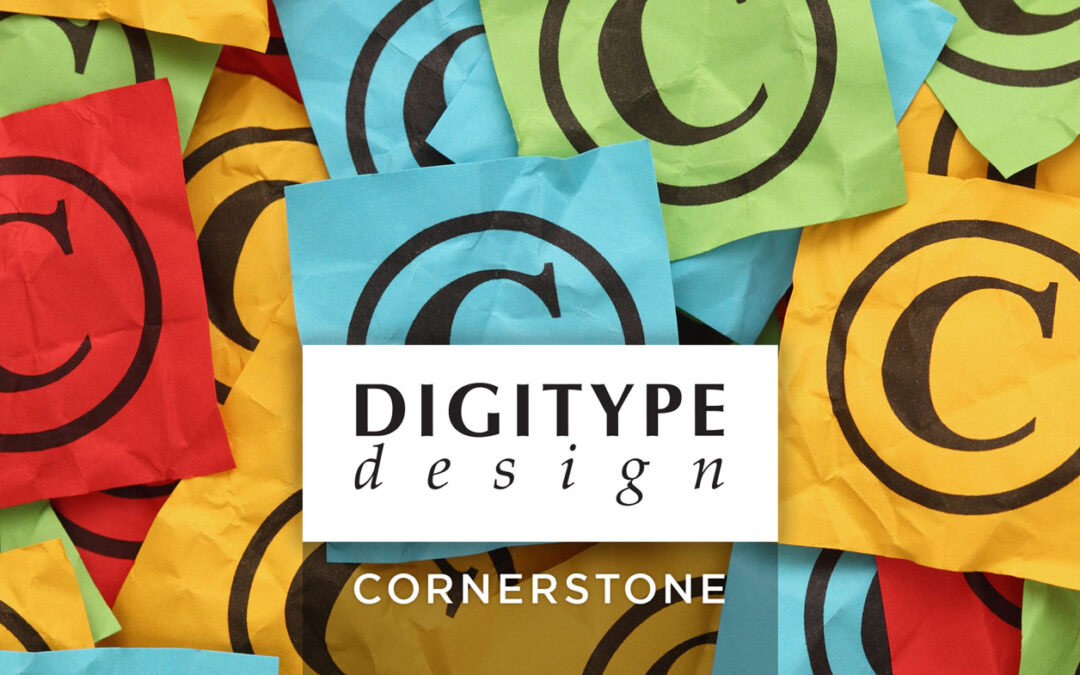Copyrighted material is everywhere. Literary works, music, photographs and graphics are all protected from unauthorized use. Known as a tangible work of authorship, copyright covers what is published and unpublished. It also permits an owner to select the ways their works are made available to the public. Works registered with the U.S. Copyright Office have some infringement safeguards as well as court access for enforcement of associated laws.
Copyright differs from a trademark which shelters words, phrases, symbols, or designs made to identify a distinguishable source of goods or services. Trademark breaches are as widespread as copyright oversteps. In the protected work mix is also the patent, a select registration guarding unique inventions and discoveries.
So how are copyright and trademarks linked with large-format imaging? With the wide range of internet available photos, graphics, designs, etc. it is becoming common place for some to cut and paste visuals into marketing material files with minor regard for usage rights. When those same files land at a large-format supplier tasked with producing a final product is when complications surface.
Many times, submissions carry copyright and trademark protection that has not been vetted for additional use beyond original rights. The result is an infringement action tagged to the supplier and imaging company. For example, a project file containing a professional sports team logo might seem innocent enough. The logo may be a small part of the total graphic, but if the team has not provided rights for commercial purposes, it likely cannot be reproduced.
One way to lessen misuse exposure is acquiring items from a reputable stock photo/art agency. Most have a solid track record with copyright or trademark rights. To avoid a misstep, consider the following when selecting photos, images, and/or designs for any use.
- Use a stock supplier that clearly states the release rights provided for your selection.
- If an image is coming off social media and contains identifiable people, take a cautious approach to any use.
- Ensure hired creative vendors producing custom images or designs provide you a written usage rights release.
- If in doubt about whether an image can be used commercially, check it out with the party that created or supplied it.
Most companies want to protect their intellectual property and likely your organization is no different. Difficulties arise when others, either knowingly or not, decide copyright, trademarks, and patents have little meaning or limits. Be assured the courts are filled with cases based on the opposing view. Prior to using images, designs, etc. for commercial purposes acquire the correct rights and releases. It is just sound business.

